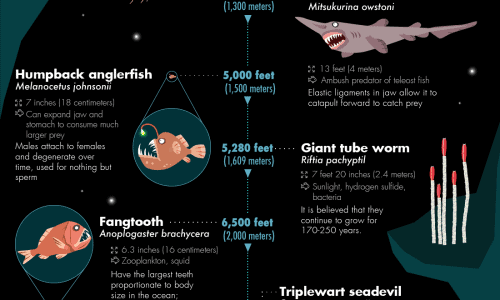
In national parks across the United States of America, plastic pollutants are a huge concern to the healthy beach ecosystem. To assess the health of these beaches, the National Park Service and Clemson University, with the help of the NOAA Marine Debris Program, collected and analyzed 37 samples of beach sediment from 35 national parks, seashores, recreation areas, and monuments from ocean and Great Lakes shores alike. By taking a wide variety of samples from a specific moment in time across the nation, these scientists were able to make a “snapshot” study of the sediment pollutants across a diverse grouping of sites. This infographic has all you need to know about the survey conducted.
While the loads differed by site and location, every single one of the 37 samples tested proved to be full of microfibers and micro-plastics. The areas with the highest micro-plastic contents being found were at waterfronts in the Great Lakes and Pacific Islands. In addition to the general results, micro-beads were found at six sites, and larger micro-plastic fragments were found at 15 individual beaches. Because they were monitored as part of a previous study, more information regarding which can be found in Chow et. al. 2016, information about the sediment of coastal beaches in the Southeast and Gulf of Mexico was not included in this specific survey.
What does this data tell us about the amount of debris found on individual beaches? Well, by count, an astounding 97% of the debris found in the samples analyzed was microfiber debris. Per one kilogram of beach sand, an average of 22.3 to 221.3 of micro-plastics was present. Imagine finding that many pieces of micro-plastic in an equivalent one-kilogram bag of baking flour!





